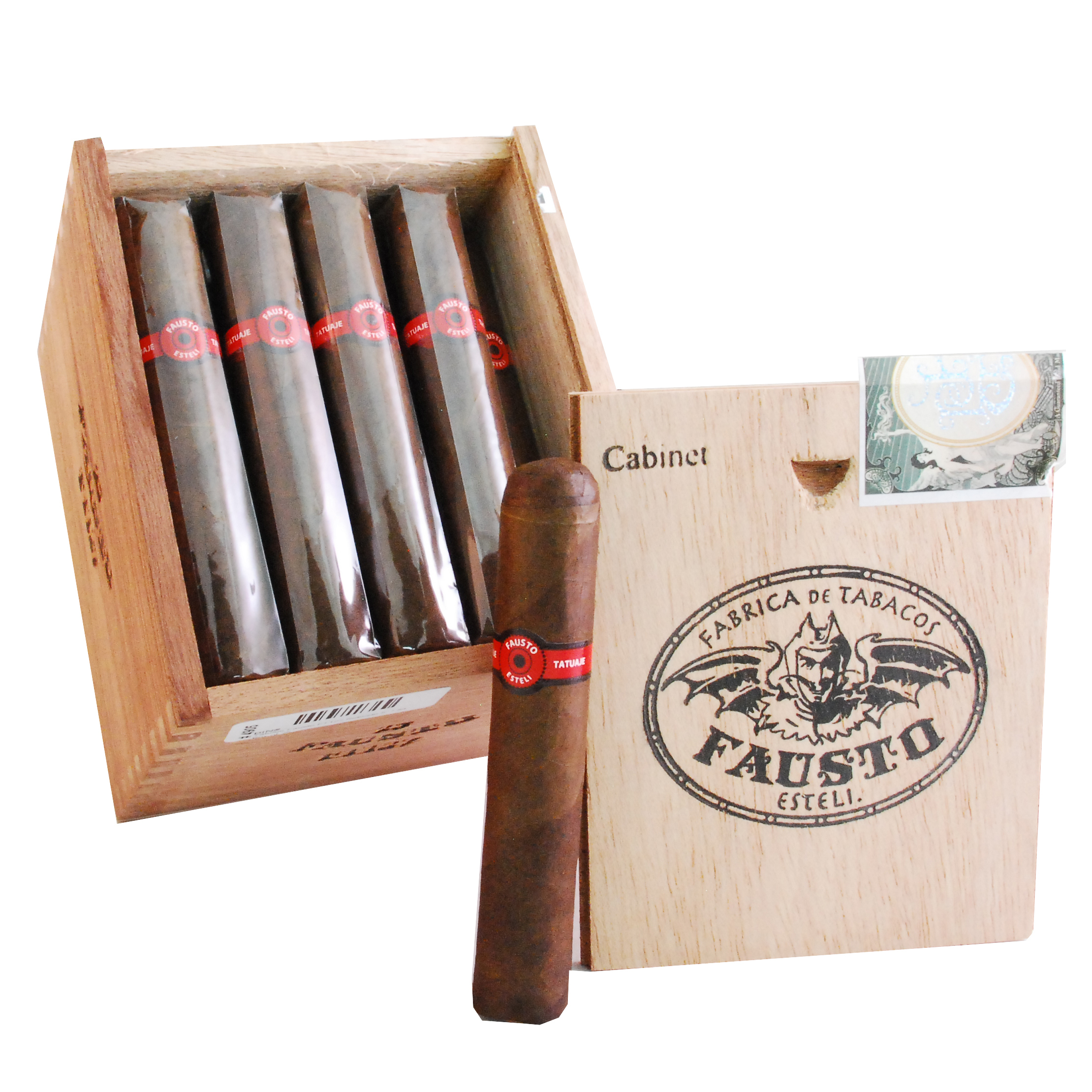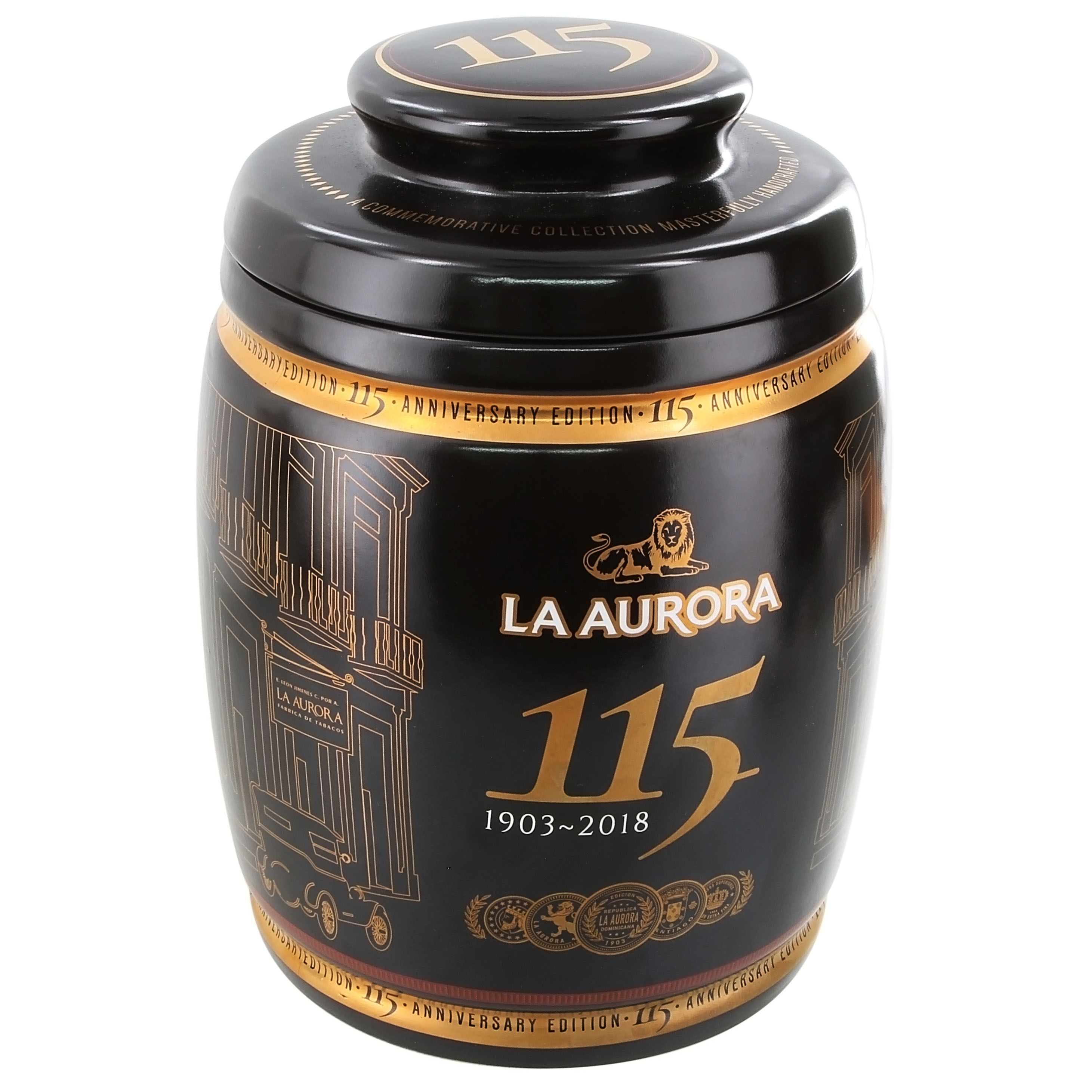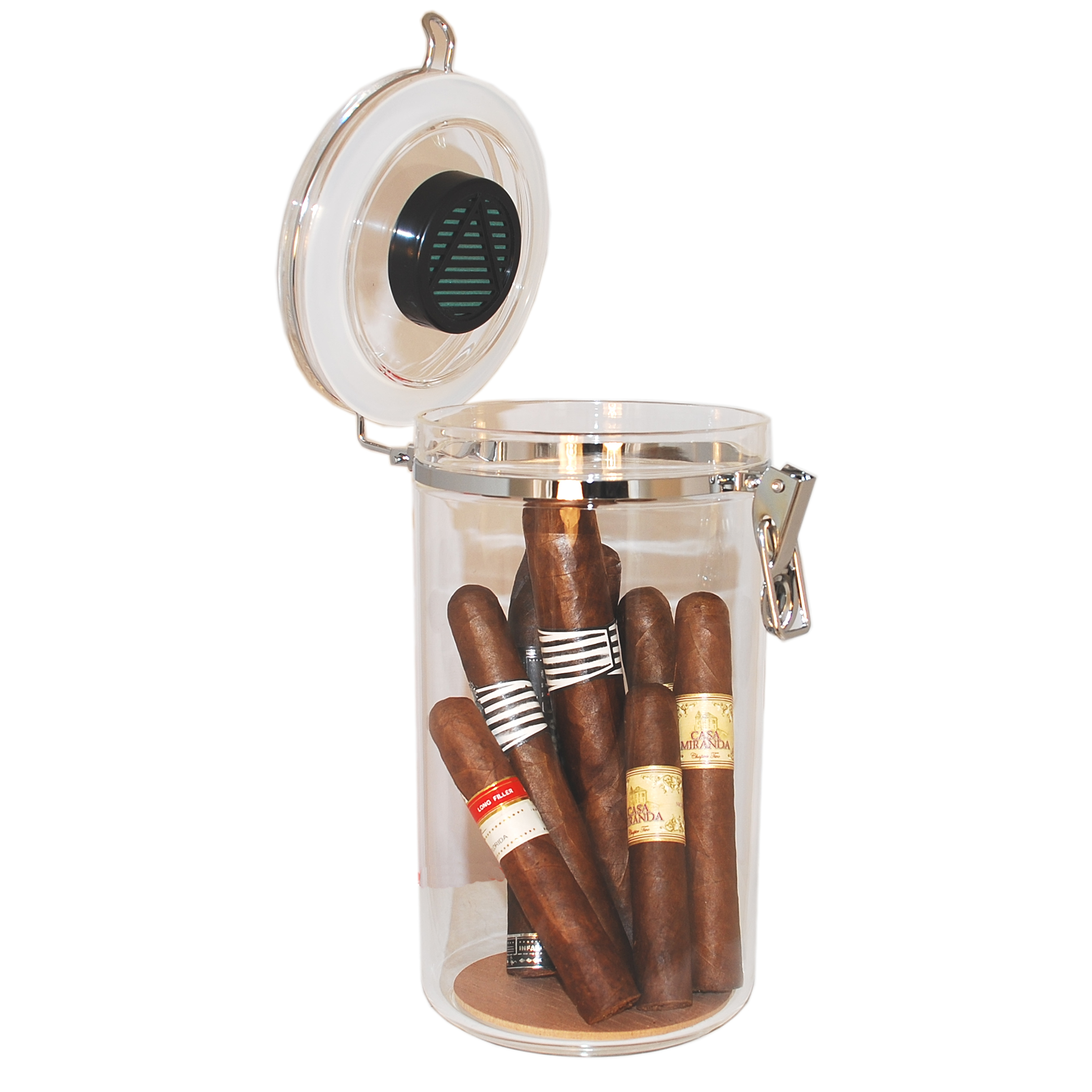Just like a pair of shoes, most cigars come boxed. But most folks don’t pay much attention to the shoe box. However, just about everyone does notice the cigar box. In some cases, a cigar aficionado will admit that what attracted them to the cigar was its box. Like most things that are cigar related, the cigar box has a very interesting history.
A Brief History of the Cigar Box
In 1865, the United States government passed a law that required cigars had to be packaged in wooden boxes of 25, 50, 100 or 250. The government wanted to keep better track of cigar sales for tax collection purposes, so the idea of boxing cigars was the best possible solution. Aside from taxes, the cigar box serves as the perfect way to store and ship cigars.
Soon cigar makers realized the marketing potential the boxes had. The manufacturers noticed that just like a peacock, highly decorated cigar boxes with interesting designs that used bold bright colors and ornate typography helped make a positive impact on sales. The boxes served to get the attention of cigar aficionados in a market where just about every other product looked the same. To this day, the boxes still serve this purpose. Over the years, cigar crafters developed various types of boxes.
Cigar Box Types
Typically, cigar boxes are made of Spanish cedar, which is naturally pest resistant and hygroscopic. Plus, cedar is readily available in the Caribbean and Central America. However, some manufacturers have used cardboard, tin, and plastic to make their boxes, some of which are lined with cedar. Some limited-edition cigars are shipped in collectible porcelain, ceramic, glass, or metal jars. Overall, cigar boxes fall into two major categories: Cabinet and Dress.
 Cabinet Cigar Boxes
Cabinet Cigar Boxes
Typically, cabinet boxes are made of cedar with the wood exposed. They are not adorned with any fancy designs. Any markings on the box are made using ink stamps. This type of box is economical too. An example of a brand that uses a cabinet box is the Tatuaje Fausto FT127 Robusto.

Dress Cigar Boxes
The dress box is the fancier cousin to the cabinet. Most manufacturers reserve this type of box for their limited-edition cigars. A dress box is usually made of plywood and its insides are lined with cedar. The exterior of some of these boxes have a beautiful lacquer finish. The outside of the box is festooned with eye-popping designs that could very well hang on your wall as a work of art. An elegant example of a dress box is the Davidoff Winston Churchill Late Hour Churchill.
Cigar Jars
During the 1950s and 1960s, it was popular for cigar crafters to package their finished cigars in glass jars instead of wooden boxes. These hefty glass containers were known as Amatista Jars and typically held 25 cigars (some were designed to hold up to 50). The jars were hermetically sealed and lined with cedar to maintain freshness. The jars can also be made of ceramic, porcelain or metal. According to cigar historians, H. Upmann cigars in Cuba started the practice in the early part of the twentieth century.

 For their 115th Anniversary, La Aurora created a special edition ceramic jar.
For their 115th Anniversary, La Aurora created a special edition ceramic jar.
Some jars can be used as humidors like this glass jar that can hold up to 25 cigars and has a built-in humidifier.
Cigar Boxes Tell Tales
Just like Rod Stewart’s album and song “Every Picture Tells a Story,” cigar boxes have a tale to tell. More often than not, the design on the box uses an interesting combination of graphics and typography to tell the story of the cigar, its manufacturer and the country it was made in.
Most if not all cigar boxes have a front mark. It is located on the front of the box. The front mark usually has the cigar crafter’s name, the name of the cigar, its vitola (or size) and the quantity that comes inside the box. For example, the front mark for the EP Carrillo Pledge Sojourn reads “Pledge 10 Sojourn 52x6". Pledge is the cigar’s name. Sojourn is the name EP Carillo gives this size, and 10 is the number of cigars in the box. The last numbers are the cigar’s size.
Really old cigar boxes have a Tax Stamp. In 1863, the U.S. government required a tax stamp on cigar boxes to indicate the taxes had been paid on the cigars. In 1956, cigar makers were given the choice to continue to use the stamps or pay their taxes to the IRS on a daily basis. By 1959, the government stopped issuing tax stamps and allowed the manufacturers to file their taxes on a semi-monthly basis.
The inside lid of the box usually has a note from the manufacturer that talks about the blend and provides some background information about the cigar and its maker.
Cigar Boxes in a Nutshell
In conclusion, cigar boxes are primarily used to store and protect the cigars. In addition, the boxes are used as a marketing vehicle to draw attention to the cigars. Cabinet and Dress boxes are two major categories that boxes fall into. The design on a cigar box is often used to tell the cigar brand’s story and provide information about the cigar. Prior to 1959, cigar boxes were required to have a tax stamp to prove that the manufacturer had paid their taxes. So, the next time you light up your favorite puro be sure to dedicate a puff or two to the cigar box and its rich history.
If you like to collect cigar boxes, Neptune Cigars carries a selection of empty cigar boxes that you can purchase. Just click on one of these links:
Pack of 10 Paper Covered Empty Cigar Boxes
Pack of 10 Wooden Empty Cigar Boxes
Pack of 25 Assorted Empty Cigar Boxes
Pack of 50 Assorted Empty Cigar Boxes
Vintage Empty Cigar Box
Don't know what to do with your empty cigar boxes? Here are 7 Great Ways to Repurpose Your Cigar Box
Published on June 9, 2021.